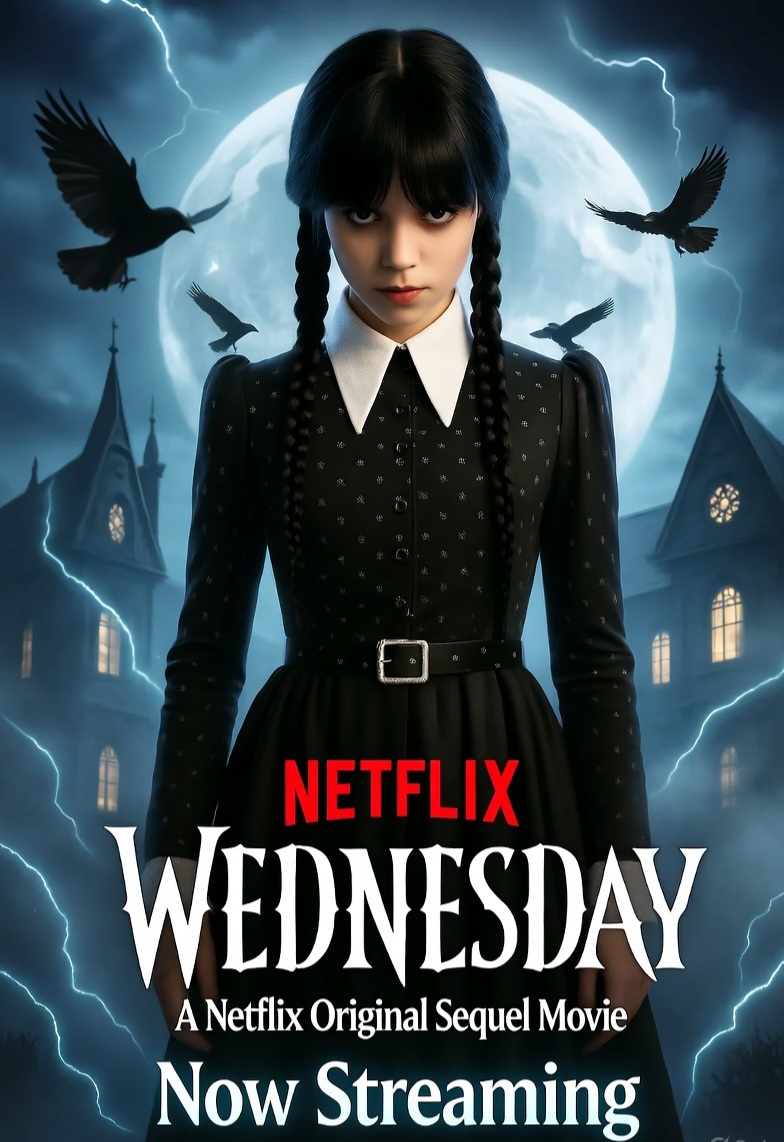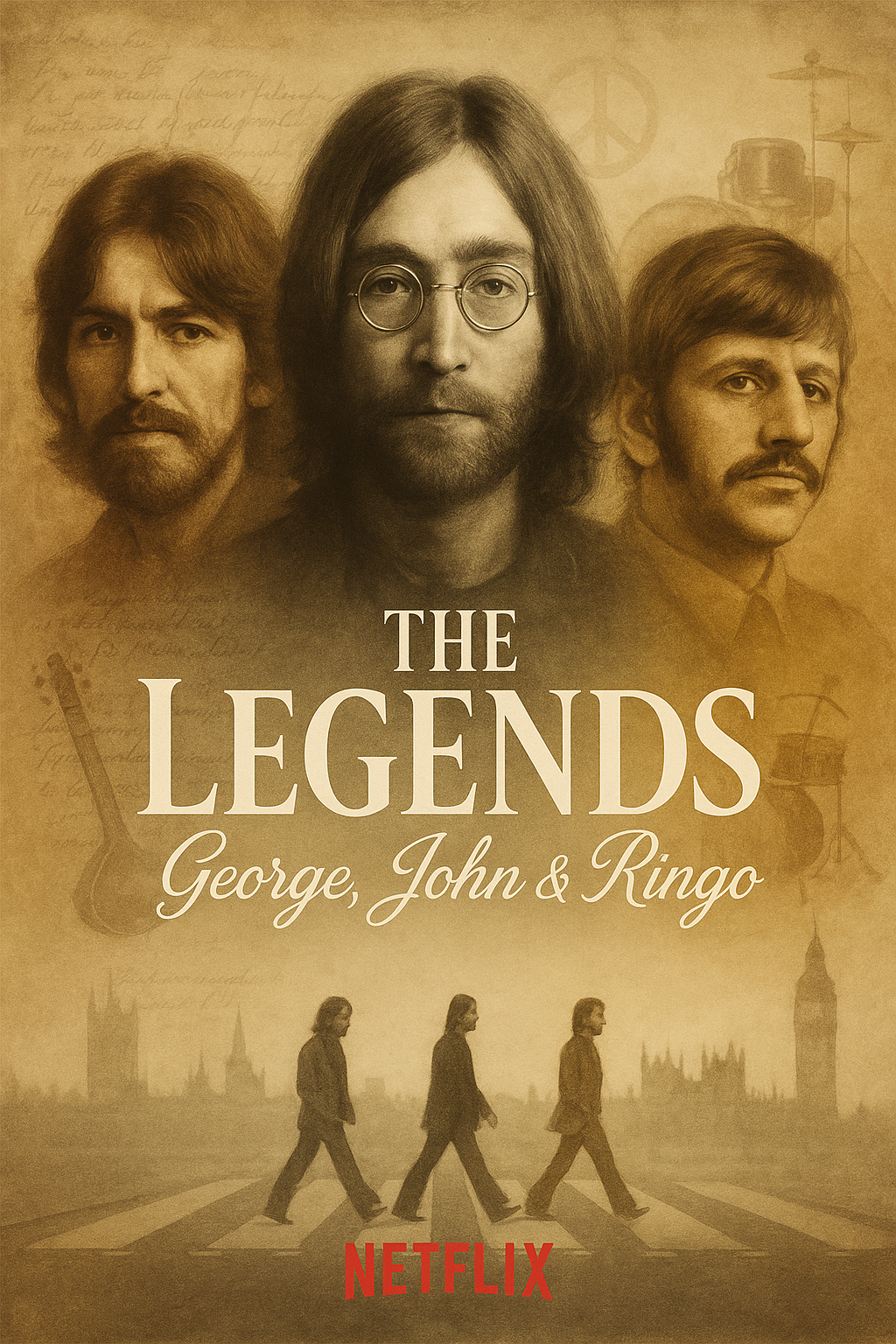Netflix has done it again—this time pulling back the curtain on one of rock ‘n’ roll’s most electrifying and enigmatic icons: Steven Tyler. The new biopic Dream On: The Steven Tyler Saga dives headfirst into the chaos, charisma, and creative brilliance that defined Tyler’s life both on and off the stage. This isn’t just another rock doc. It’s a raw, emotionally charged journey through the decades of turbulence and triumph that made Aerosmith’s frontman a living legend.
The documentary opens with never-before-seen footage of a young Tyler, full of reckless energy, prowling the stage in tight scarves and eyeliner. You can practically smell the sweat and beer in the air. It’s immersive, intense, and sets the tone for a ride that’s as unpredictable as Tyler himself. From his early days playing small gigs in Boston to commanding sold-out arenas around the world, the film leaves no stone unturned.
What makes Dream On so compelling is its access. Netflix has secured deeply personal interviews not only with Tyler himself, but also with former bandmates, producers, ex-lovers, and even his daughter, Liv Tyler. These voices help piece together the man behind the myth—one who struggled with addiction, fame, ego, and the haunting pressure of constantly having to top his last high.
The filmmakers don’t shy away from the darker chapters of Tyler’s life. His decades-long battle with drug abuse is laid bare, told not with melodrama but with candor and gravity. We see how his demons nearly tore Aerosmith apart during the late ‘70s and early ‘80s, and how the band’s eventual reunion felt less like a comeback and more like a resurrection.
Stylistically, Dream On is a masterclass in biographical storytelling. The use of split-screen imagery—juxtaposing the youthful, manic Steven with the reflective, older man he’s become—is brilliant. Voiceovers from Tyler in present-day provide a haunting counterpoint to his past self, often injecting humor, regret, and hard-won wisdom into the narrative.
But the film doesn’t wallow in tragedy. Just as powerful are the scenes of redemption and creative rebirth. When Aerosmith returned in the ‘90s with hits like “Cryin’” and “I Don’t Want to Miss a Thing,” it wasn’t just a second wind—it was proof that Tyler had more to give. The film captures that resurgence in vivid detail, showing a man who refused to be defined by his past mistakes.
The musical performances are another highlight. Netflix secured the rights to a massive portion of Aerosmith’s discography, and the sound mixing is thunderous. Fans will be thrilled to hear studio session outtakes, stripped-down vocals, and unreleased rehearsal tapes that give new life to old classics.
There are moments of stillness too—quiet, heartbreaking segments where Tyler talks about lost friends, broken relationships, and the price of being a rock star for five decades. These scenes ground the film, reminding viewers that behind the glitter and chaos is a man who has paid dearly for his fame.
Director Laura Merriman, known for her work on other Netflix music documentaries, has crafted something intimate and electrifying. Her pacing is sharp, never lingering too long in one era, but still giving each moment enough room to breathe. She doesn’t idolize Tyler—she humanizes him.
For longtime fans, this is an essential watch. But even those with only a passing knowledge of Aerosmith will find themselves drawn in by the sheer emotional heft of the story. It’s a character study wrapped in a rock epic, pulsing with energy, honesty, and a surprising amount of soul.
As streaming content becomes increasingly formulaic, Dream On feels like a genuine labor of love—crafted with reverence for its subject and a determination to tell the truth, no matter how messy. It’s loud. It’s painful. It’s beautiful.
Dream On: The Steven Tyler Saga is now streaming on Netflix. And if you think you know Steven Tyler, think again. This film peels back every layer and dares you to see the man beneath the legend.



